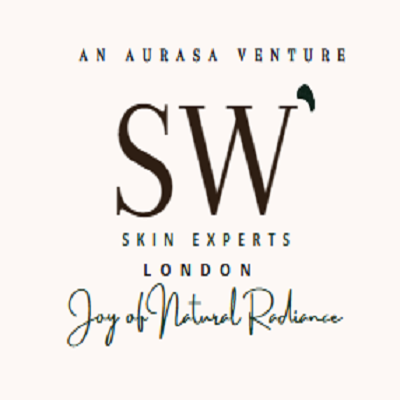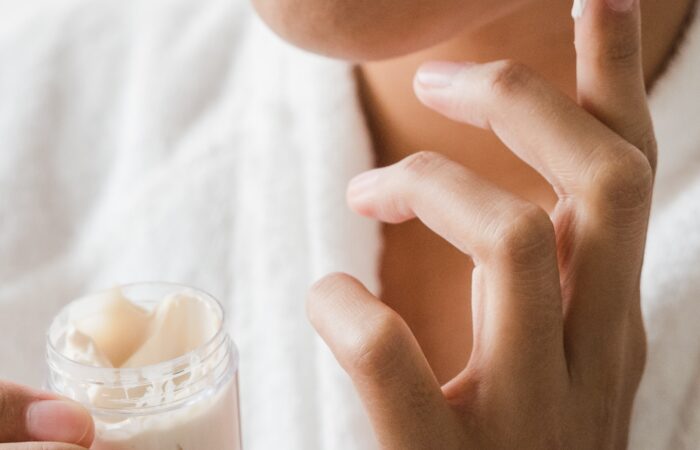Slugging, the skin care Fad filling the reels, is it right for you? Read this
before you try it out.
Slugging is one of the latest fads that has been filling the screens, but do
not forget that reels and videos of skin care routines are not approved by
derma professionals. So before you think of trying it out, let us explore
what it is and is it good for you.
Slugging involves applying a thick occlusive moisturizer, typically petroleum
jelly all over the face before you go to bed. While some people swear by its
benefits, it’s essential to consider both the pros and cons before deciding
whether to try slugging. In this article, we will explore the concept of
slugging, discuss its potential advantages, and highlight important points to
be cautious about.
So what exactly is Slugging: Slugging is a skincare practice that involves
putting a thick layer of petroleum jelly like Vaseline on your face creating a
barrier on the. The intention is to lock in moisture and prevent water loss,
leading to enhanced hydration and a more plump and supple complexion.
Pros of Slugging:
- Hydration: One of the main benefits of slugging is intense hydration
to the skin. The barrier seals in the moisture, that helps help’s
preventing water loss and keep the skin hydrated throughout the
night or day. - Softness and Smoothness: The occlusive nature of slugging can lead
to softer and smoother skin texture. It can help seal in the moisture
from previous skincare steps, leaving the skin feeling more supple
and velvety.
Cons and Points to Be Cautious About: - Clogged Pores/Acne/Blackheads: Slugging involves applying a
heavy occlusive product to the entire face, which can lead to pore
congestion, especially for those with oily or acne-prone skin.
Individuals prone to breakouts should exercise caution when
considering slugging, as it may exacerbate existing acne or cause
new breakouts. - Problem in skin Breathability: The occlusive nature of slugging
creates a barrier that can hinder the skin’s ability to breathe. This
may be a concern for some individuals, particularly those with
sensitive or reactive skin. It’s important to monitor how your skin
reacts and consider alternative moisturizing options if you experience
discomfort or adverse effects. - Individual Sensitivities: While slugging works well for some, it may
not be suitable for everyone. Some individuals may have sensitivities
or allergies to the ingredients commonly found in occlusive products,
such as petroleum jelly. It’s crucial to patch-test any new product or
ingredient before applying it to your entire face to avoid potential
adverse reactions.
So what’s the way ahead: Slugging can be an effective technique for
locking in moisture and improving hydration levels in the skin. However, it’s
essential to consider the potential drawbacks and individual sensitivities
before incorporating this practice into your skincare routine. If you have oily
or acne-prone skin, it may be wise to proceed with caution or explore
alternative methods of achieving hydration without exacerbating skin
issues. It is important to prime up the skin (like SW Primask) by removing
the spent cells layer as an important step before slugging. If you have any
ongoing skin allergy or Inflammation it is important to address that (with
products like SW Restore Gel) before this process.
As always, consulting with a dermatologist or skincare professional can
provide personalized advice based on your unique skin type and concerns.
Remember, skincare is highly individual, and what works for one person
may not work for another. Pay attention to your skin’s reactions and adjust
your routine accordingly. Striking a balance between hydration and
maintaining the skin’s health is key to achieving a radiant complexion.
I hope this article sheds light on the concept of slugging and helps you
make an informed decision about whether it’s right for you.






